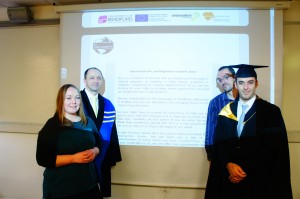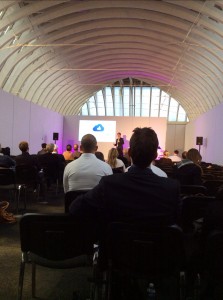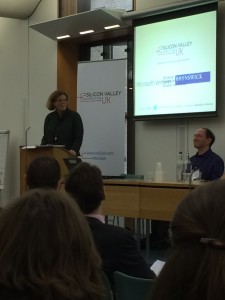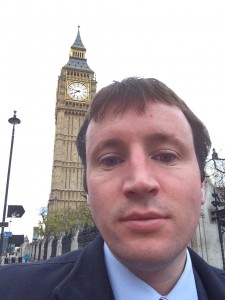Over the last year we have spent many hours of development and testing creating a new version of our market leading product School Jotter. School Jotter has a significant customer base in the UK used by thousands of schools. Countless schools on a daily basis rely on School Jotter to edit their school website but the latest version of School Jotter takes teaching and learning online to a new level.
The old version of School Jotter has been successful in schools with bursars and head teachers logging on to update their website with the latest newsletters, holiday dates and more. So what has changed?
In our new version of School Jotter all stakeholders in school and outside of school are given logins to the system. This include parents, teachers, student and governors. Furthermore, School Jotter is turning from being a website content management system into an education app store.
Webanywhere has developed our own education apps and new apps such as School Merits and Jotter Learn can be used to extend teaching online. School Merits is an online reward system whilst Jotter Learn allows teachers to create compelling learning sites for setting homework or to drive classroom activity as part of a blended learning approach. School Jotter is now fully compatible with tablets and mobile devices and supports mobile learning.
We will continue to develop further education apps for School Jotter whilst incorporating third party education apps such as eBooks and other useful resources. We’d appreciate your feedback on our software. We want to co-create our software with you our customers, so please do let us know if you have ideas for other apps you’d like to see.
I remember my old paper based school jotter at school in the 1990s, how times have changed. Our new version of School Jotter takes teaching and learning online and into the 21st century! We hope this will engage students and improve learning outcomes. Out with the old and in with the new.

 We are now onto the second day of the Learning Technologies Exhibition in London, and so far the show has been a real success for Webanywhere.
We are now onto the second day of the Learning Technologies Exhibition in London, and so far the show has been a real success for Webanywhere.




